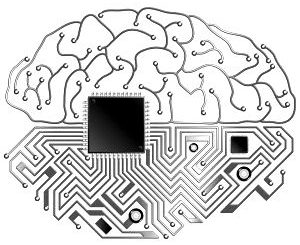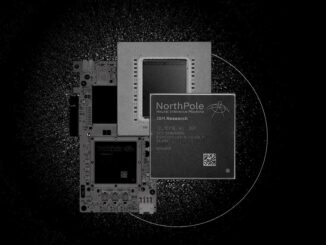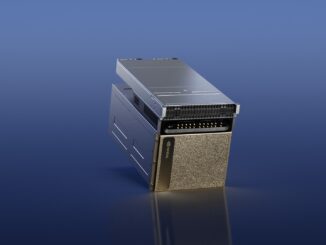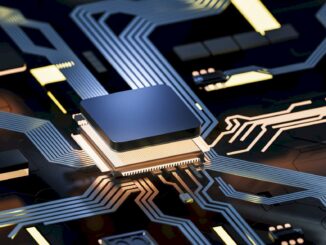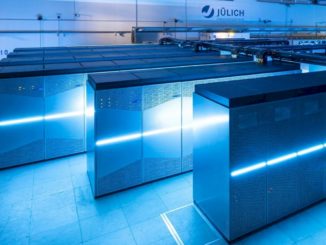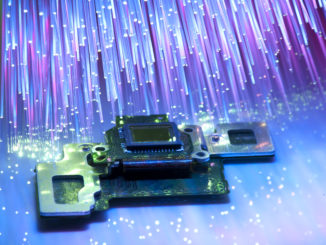
Memristor Research Highlights Neuromorphic Device Future
Much of the talk around artificial intelligence these days focuses on software efforts – various algorithms and neural networks – and such hardware devices as custom ASICs for those neural networks and chips like GPUs and FPGAs that can help the development of reprogrammable systems. …


